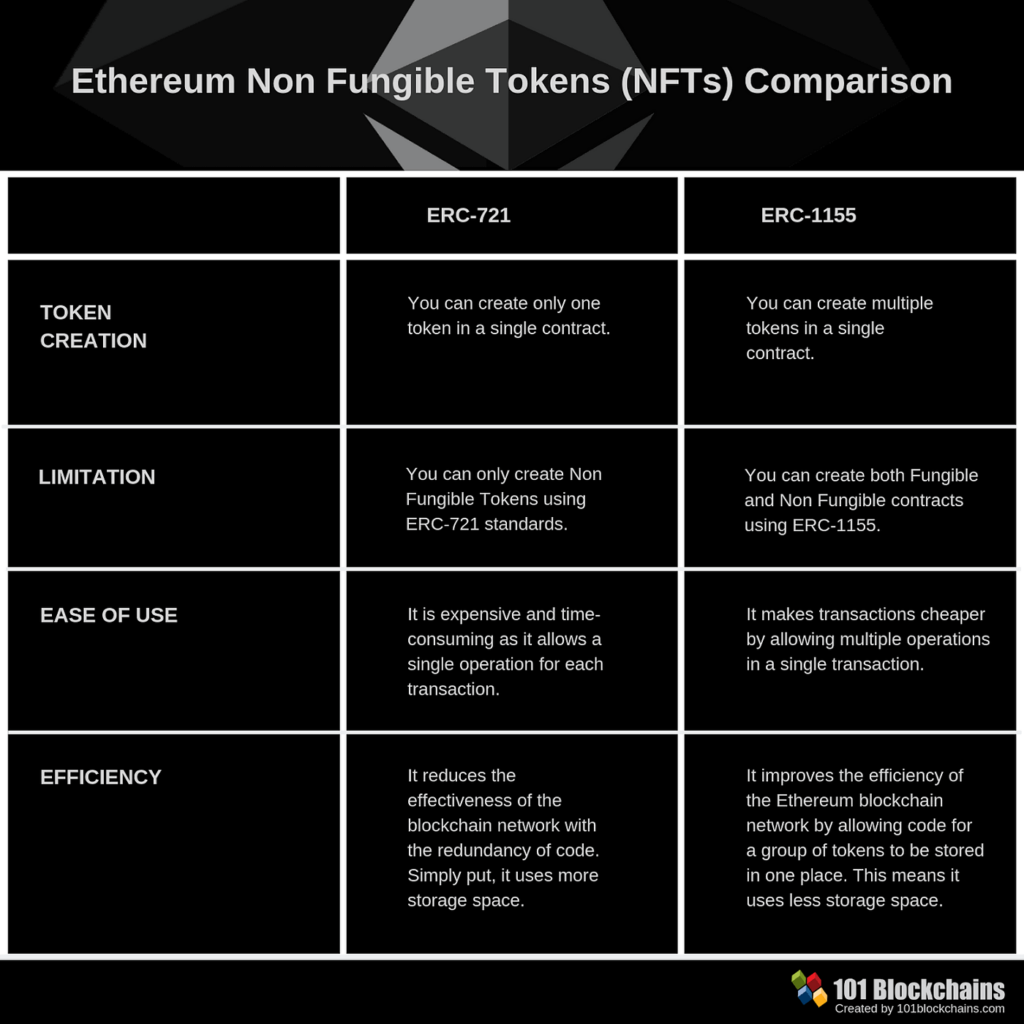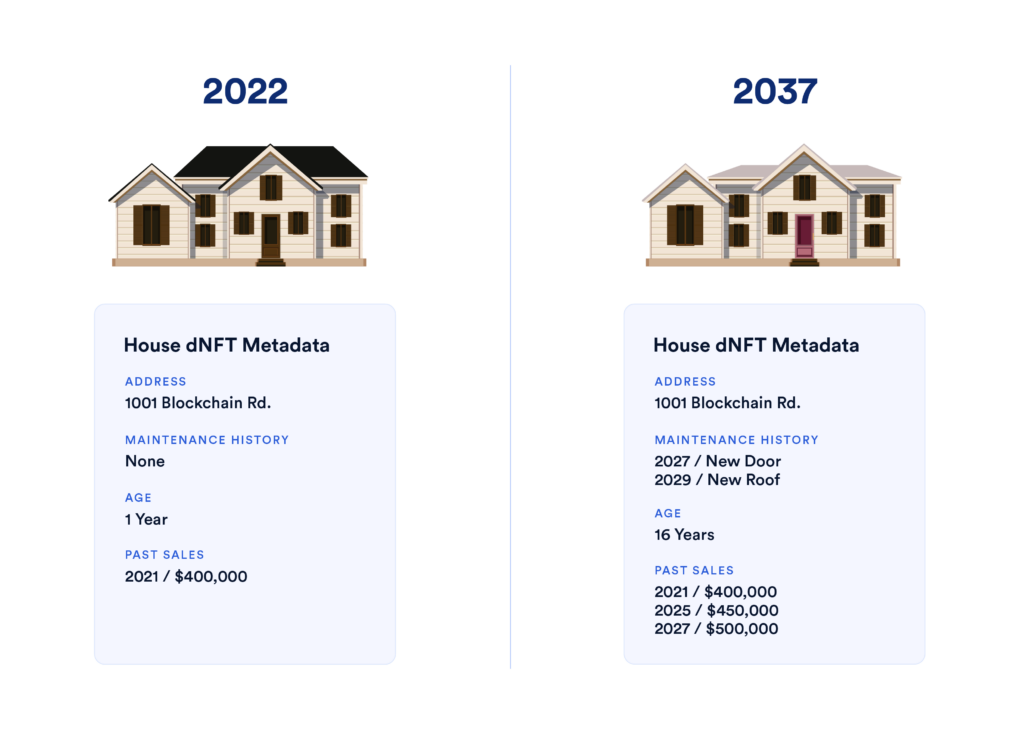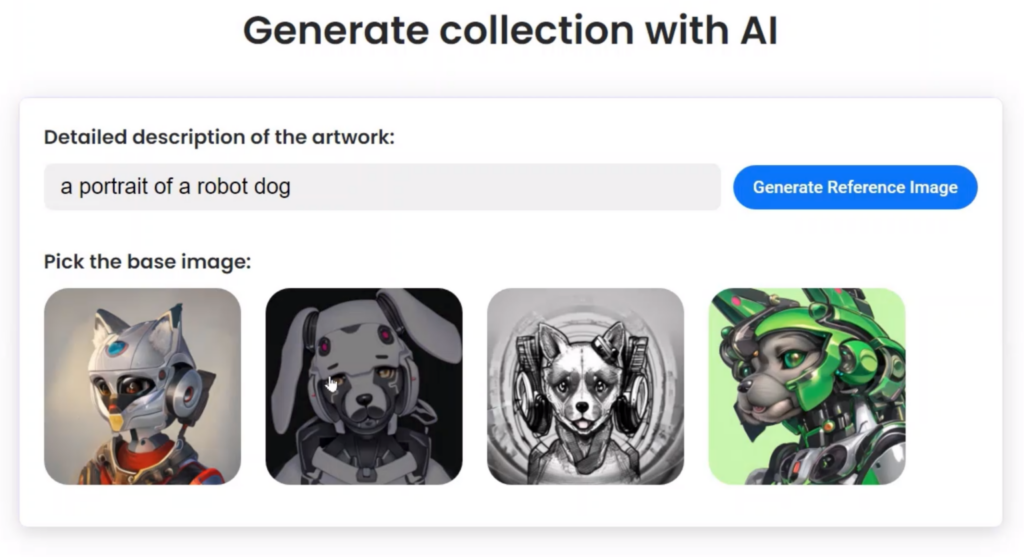As the Web3 world continues to expand, dynamic NFTs are increasingly becoming a topic of interest. Unlike static NFTs, which remain constant over time, dynamic NFTs can change based on specific conditions or events. In this article, we’ll explore the concept of dynamic NFTs, the technology behind them, and some notable examples.
What is an NFT?
A non-fungible token (NFT) is a unique digital token that represents ownership of an item, whether real or digital. These unique crypto assets are differentiated from others through various data points, including a unique contract address and token ID. This means that no two NFTs are identical and they aren’t interchangeable with one another.
Static vs. Dynamic NFTs
Static NFTs are tokens whose data remains constant once they are minted on the blockchain. For example, if you mint a rare artwork as an NFT, the digital image and its associated data will stay the same, regardless of how much time passes or how many times it changes hands.
In contrast, dynamic NFTs, also known as “living NFTs,” have characteristics that can change due to specific events or achievements. For instance, a dynamic NFT avatar in a game might change its appearance based on the player’s progression.
How Dynamic NFTs Work
Dynamic NFTs work by storing data in a format that can be edited. While static NFTs typically use the ERC-721 token standard, dynamic NFTs leverage the ERC-1155 standard, which is sometimes referred to as “semi-fungible” because it can be changed if required.
Changes to a dynamic NFT are triggered by a smart contract, often with the help of an oracle that sends external data to the contract. This data then leads to an update in the NFT’s metadata, resulting in changes to the token’s characteristics, such as its appearance.

Examples of Dynamic NFTs
Crossroad by Beeple: This one-of-a-kind artwork created by Mike Winkelmann, aka Beeple, was designed to change its appearance based on the outcome of the 2020 U.S. presidential election. When Joe Biden was declared the winner, the image transformed to depict former President Donald Trump in a defeated state.
Cryptokitties: In this popular NFT-based game, players can buy, sell, or breed digital cats represented by dynamic NFTs. This allows owners to update some of the data associated with the token, such as the cat’s genes, personality, and appearance.
LaMelo Ball’s digital collectibles: These dynamic NFTs incorporate on-chain sports data and change depending on the outcome of a game. For example, if a player scores more than 1,000 points in a season, some NFT avatars in the collection could transform to reflect that achievement. Notably, the Gold Evolve NFT evolved into a new image when LaMelo Ball won Rookie of the Year for the 2021 NBA season.
Regenerative Resources’ dynamic NFT films: In December 2021, Regenerative Resources launched five short films as dynamic NFTs. Initially consisting of a single frame, more frames were released every time the token was bought or resold. This continued until the entire film was viewable by the holder.

The Future of Dynamic NFTs in Web3
As the Web3 ecosystem continues to develop, dynamic NFTs will likely play an increasingly important role in various applications. Their ability to adapt to changing conditions or events makes them suitable for projects that require regular updates to metadata, such as real-world assets, blockchain-based fantasy sports leagues, and progression-based video games.
Furthermore, dynamic NFTs have the potential to transform industries beyond gaming and digital art. They could be applied to virtual reality, tokenized real estate, supply chain tracking, and more. As the Web3 space matures, expect to see even more innovative use cases for dynamic NFTs that continue to push the boundaries of what’s possible with digital assets.

Conclusion
With the rapid growth of the Web3 space, dynamic NFTs will likely be an essential building block in the development of decentralised applications and services, driving new opportunities for creators and users alike. As the technology behind dynamic NFTs continues to evolve, it will be fascinating to see how these tokens revolutionise the digital landscape and further expand the capabilities of the Web3 ecosystem.
AI Art for larger NFT Collections
If you’d like to learn about getting early access to an AI NFT Generator for a larger collection of unique artwork, rather than a one-of-one profile picture, for your community or brand – register your interest here.

Got any questions?
If you need help or just want to discuss some cool ideas, feel free to join the AutoMinter discord! You will become part of a vast community of creators, developers, and entrepreneurs; gaining access to valuable knowledge and resources.



